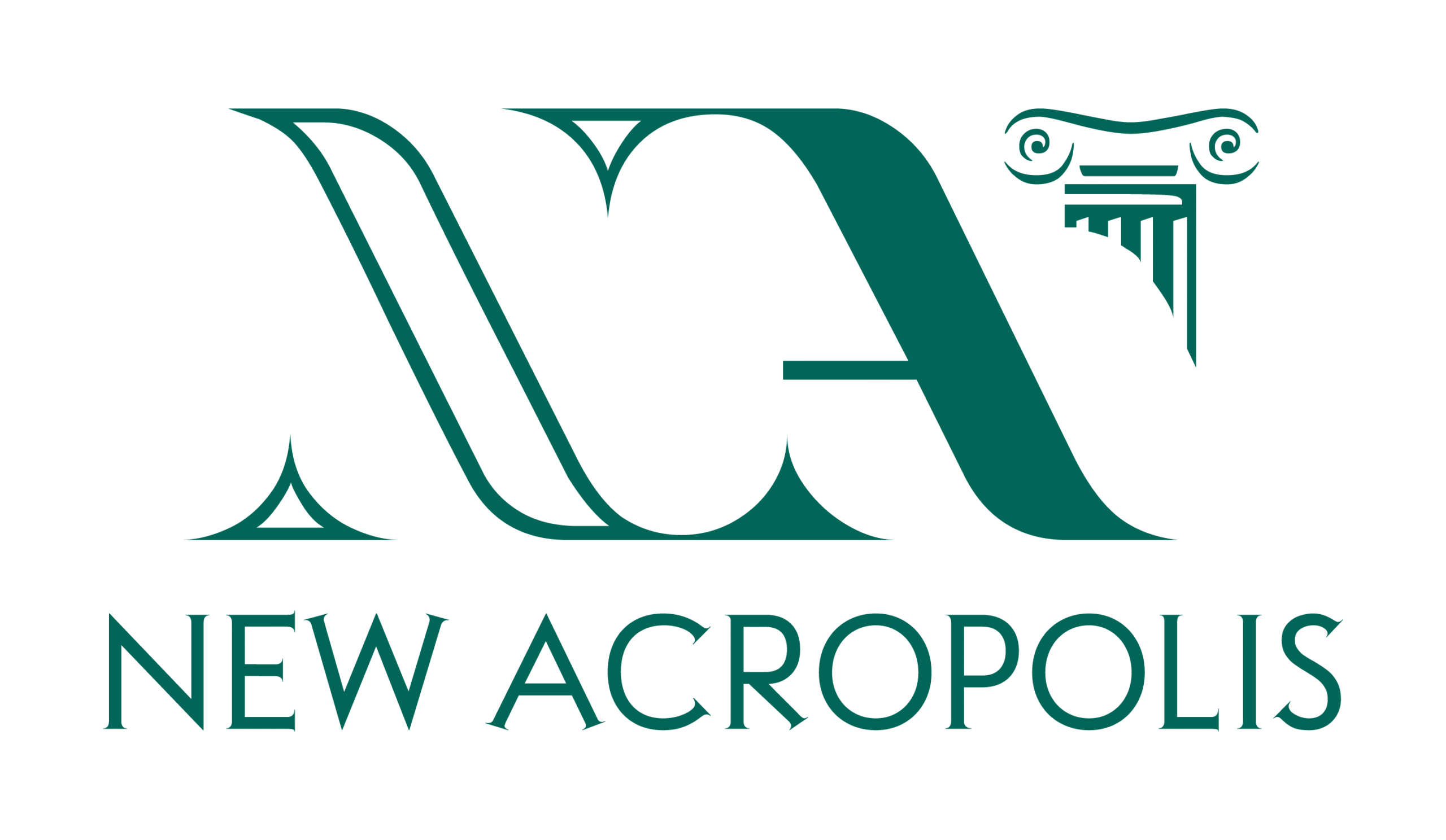
Human Beings have a natural need to improve and grow. Certain moments in our lives are decisive where we feel we made a breakthrough and in hindsight we may recognize the inspiration and experiences that guided us in those moments. Often we find that in such moments we are more goal-oriented and focussed, thereby able to make accurate decisions and push our boundaries, e.g. a sleepless night spent by an entrepreneur to execute his first sale is driven by his goal to be financially successful.
Yet for many there is a palpable dissatisfaction; both among those that steadily succeed and those who are less successful. The rigmarole of work and career often dampens success, small and big, exposing its transient nature. With the passage of time, achievements become passé leaving us craving for more, resulting in burnout, anxiety, strained relationships and a lack of self-confidence.
A “Work-Life Balance” is popularly touted as a magical remedy for this ailment. It is common to hear that an easier job, or working in a particular industry, is a route to a better Work-Life Balance. Organizations even have Work-Life Balance Programs as part of employee satisfaction initiatives. But perhaps by this we run the danger of superficiality; passing over a real opportunity to find a lasting solution, and uncover a secret of life. It may be easier to answer this question by first exploring the meaning of a Work-Life Balance; to do this lets break it down into its components.
Man has the propensity to act, but we often fail to appreciate the depth of our ability to act. Philosophers through the ages have prompted us to “know ourselves” better, so that we can bring more meaning into our actions. The sum total of these actions can be understood as “Work”; that which we do towards a goal, be it for work and money, to relax or even to have a conversation. We act in our relationships, we act to travel and learn about the world. We also act when we question life and its many mysteries.
But what is the difference between the different kinds of work that we do? If we introspect we may be able to easily see that anything we do is a complex coordination of our thoughts, our emotions, our energy and our body. A simple example is the act of writing; we have in our mind something we want to express on paper, requiring that we combine our thoughts and our actions to pick up a pen and guide it to write words that represent our thought.
To understand this better think of the difference between when we do something driven by our passion, versus when we do the same thing because we are forced to do it. The physical action is the same but the thought, the feeling, and as a result, the energy will probably be quite different.
It is uncommon to look at our actions and our work from this broad perspective. We may simply define work as that which we do to make money. And we blame that work for the lack of balance in our lives!
“Never get so busy making a living that you forget to make a life.”
Many cultures of antiquity recognize that “Life” exists all around us. What is this life? Observe life in the magic of nature! We can see the magic in the caterpillar that turns into a butterfly, a bud that blossoms into a flower, the lofty mountains, the vast ocean and the sun that rises and sets without fail every day.
To recognize life is also to know that all our work (our actions) have an impact on our environment. Every action is much more than we imagine. Our connection with life means that our environment influences us; but it also means that we have an influence on our environment, often in ways that we may not see.
We have the intelligence to bring vibrancy and depth to our actions and in turn to our environment. We have the ability to choose to bring about change rather than complain about our problems, to rise above them till they become challenges to vanquish and opportunities to grow. This is to say, we have the ability to breathe life into our work.
Life has such richness that we can’t possibly grasp it entirely. Every moment is a new opportunity to connect with life. Philosophers through the ages have pointed out to us something that is happening right under our noses – that life is vibrant and ever changing. Hence, the job that seemed like a gift last year may today seem like a chore. Just because we recognize that our work and life are aligned today, it is not necessary that it will remain so tomorrow.
All we have to do is grasp a simple concept: as we live more, our work will naturally change since we will learn to do more and better. Accordingly we will invite new opportunities and challenges which we must embrace with the correct attitude.
When first we see new obstacles, they will overwhelm us. But when we centre ourselves, remind ourselves that this is another opportunity in the journey of life and remember our potential to breathe life into our work, these obstacles can become steps to our growth and improvement as human beings.
The need to always adjust ourselves to our new challenges is the “Balance”. Emerson emphasized, “Life is a journey, not a destination.” To balance is to live life to the fullest, always approaching our challenges with the attitude of growth. Wise men that uncovered man’s true potential have left us guidance on how to maintain this balance, based on their own investigation.
In India, this balance, or correct measure, is described in the understanding of the three gunas: rajas, tamas, and sattva. Rajas is one extreme wherein action is driven by individual passion, which may be motivated by egoism and self-centeredness. Tamas on the other hand is inaction, inertia and lethargy which reflect a state of chaos and disorder. Sattva, however, is the balanced state. It is NOT the combination of rajas and tamas. It is the balance, the right alignment that helps us avoid the extremes. This is characterised by the ability to create with harmony.
In order to develop this harmony, the Buddha prescribes the 8 fold path. He advocates the development of Right Views and Right Goals, and living them with Right Speech and Right Action. As we make the Right Effort, we develop mindfulness and Right Concentration, which in turn invites us to sharpen our goals to take into account the experience we have gained on our journey of walking the path so far. This gives impetus to a new iteration of the 8-fold path; now with more refined goals and a better connection with life.
To maintain “Work-Life Balance” is each one’s responsibility and every human being has a natural yearning for it. There may be a fear of stepping out of our comfort zone or a sense of confusion of what lies beyond. But if we open our eyes to the reality around us, we will see the indelible writing on the wall – “TAKE OWNERSHIP – It’s your life!”
“I’m not afraid of storms, for I’m learning how to sail my ship.”
–Louisa May Alcott
We can’t be afraid to take responsibility for what is missing in our lives. For only when we become the drivers of our lives, can we take credit for what we achieve and bravely take the steps to where we have never been before!

The Living Philosophy course is an introduction and foundation towards living life with meaning and awareness. It brings together the thoughts of the most prominent philosophers of the East and West, especially those who left deep marks on humanity. This comparative study of philosophies does not belong to a single thinker or any particular school but is a universal human heritage. It is more than just another course; it is an opportunity to promote philosophy as a way of life and engage deeply with ideas, practice together, and develop skills in a supportive community.
Next batches:
11.02.26, Wednesday 7.30 pm16.03.26, Monday, 7:30 pm
No Upcoming Events found!
© 2015 Sofarider Inc. All rights reserved. WordPress theme by Dameer DJ.
